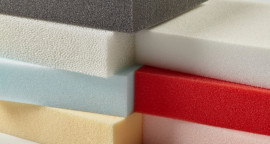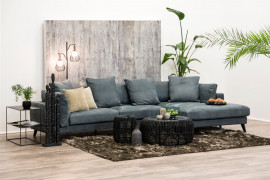Sofas and the Durability of Their Fabrics
When selecting a sofa, the durability of the upholstery fabric is a crucial factor to consider, as it directly impacts the longevity and appearance of your furniture. The fabric’s durability is often measured using the Martindale test, which assesses how well a material can withstand wear and tear through abrasion.
-
Synthetic Fabrics: These are typically more durable than natural fabrics. Polyester and nylon are common synthetic options known for their resistance to fading, staining, and fraying. They are easier to clean and maintain, making them a popular choice for households with children and pets.
-
Natural Fabrics: While materials like cotton and linen offer a soft, breathable feel, they can be less durable than synthetics, especially in high-traffic areas. Cotton, for instance, may wear out faster and show signs of fading or pilling with extensive use. Linen is prone to wrinkling and may require more upkeep to maintain its appearance.
-
Blended Fabrics: Many modern sofas use blended fabrics that combine natural and synthetic fibers. These blends aim to offer the best of both worlds, providing the comfort of natural fibers with the durability of synthetics. For example, a cotton-polyester blend can reduce the risk of shrinking and increase the fabric's overall lifespan.
-
Performance Fabrics: These fabrics are designed specifically for high durability and resistance to stains, moisture, and fading. They are often treated with special coatings to enhance their performance, making them ideal for busy households.
-
Maintenance: Regardless of the fabric type, regular care and cleaning can significantly extend the life of your sofa. Always follow the manufacturer’s recommendations for cleaning and maintenance to ensure the fabric remains in good condition.
When choosing a sofa, consider not only the aesthetic appeal of the fabric but also its durability to ensure that your investment will stand the test of time.


